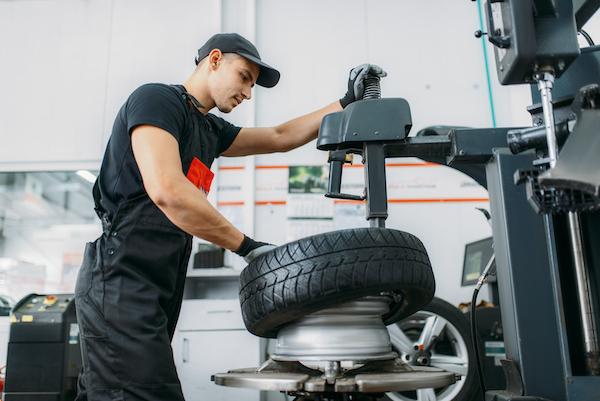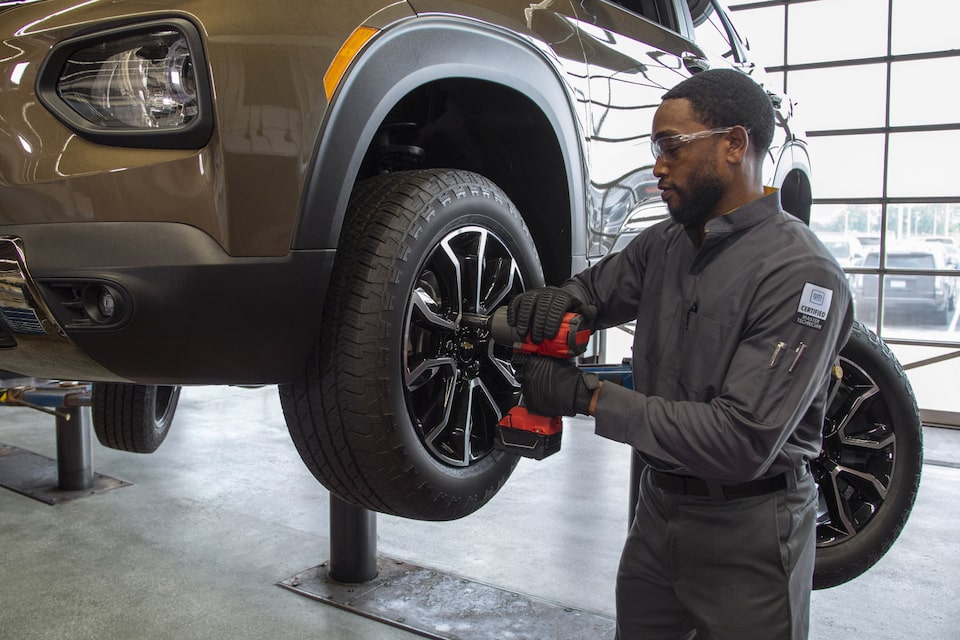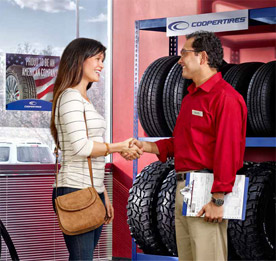Specialist Morris Tire and Alignment: Improve Your Vehicle's Performance
Tire Service: The Influence of Weather
When it comes to guaranteeing optimum efficiency and safety on the roadway, comprehending the effect of weather conditions on tire solution is vital. In this discussion, we will check out the detailed connection between weather problems and tire solution, dropping light on the value of weather-specific tire upkeep practices and considerations.
Warmth and Tire Efficiency
When revealed to high temperature levels, tires experience changes in performance that can considerably impact automobile security and handling. The warm produced from extended driving or heat conditions creates the tire rubber to soften, resulting in decreased tread life and increased wear. As the rubber ends up being softer, the tire's grasp when traveling lessens, affecting stopping distances and total traction. In extreme cases, too much warmth can also create tire blowouts, posturing an extreme safety risk to the car and its residents.
In addition, heats can speed up the process of tire aging, triggering the rubber to deteriorate faster. This can lead to splits, bulges, and various other forms of damage that compromise the structural honesty of the tire. To minimize the results of warmth on tire efficiency, vehicle drivers need to consistently inspect their tire stress, rotate tires to guarantee even put on, and inspect for any indications of damages. Furthermore, making use of tires especially developed to endure heats can help keep optimal performance and safety on the road.
Winter Impacts
Cold weather condition problems can have a substantial influence on tire efficiency and security. In chilly climate, tires might likewise shed air stress extra quickly, which can impact managing and fuel performance.
To mitigate the effects of cool climate on tires, it is crucial to frequently examine tire stress and inflate them to the producer's suggested levels. Making use of winter months or all-season tires designed for winter conditions can likewise boost traction and grasp on icy or snowy roads - morris tire and alignment. Appropriate tire maintenance, consisting of regular evaluations for wear and damages, ends up being also much more critical throughout cooler months to guarantee optimum efficiency and security
Rainy Issues Influence
Tires with worn-out footsteps are a lot more prone to hydroplaning, where a layer of water develops up in between the tire and the road surface area, leading to loss of traction. To battle this, drivers need to regularly check their tires for appropriate tread depth and think about spending in tires specifically created for wet conditions.

Snow and Tire Safety
When driving in snowy conditions, having the appropriate tires can make a significant difference in security and efficiency. Winter months tires are made with unique rubber compounds and step patterns to offer much better traction on snow and ice contrasted to all-season tires.
Along with using winter months tires, it is important to ensure they are appropriately pumped up. Winter can trigger tire pressure to go down, influencing grip and handling (discount tires morris il). Consistently inspecting and keeping the proper tire pressure is important for optimum performance in snowy problems

Weather-Related Tire Maintenance
When faced with different weather problems, correct tire maintenance ends up being a vital aspect of car security and performance. Weather-related tire upkeep encompasses a series of methods focused on ensuring optimum tire feature and long life in various weather scenarios. One vital element of weather-related tire upkeep is tire pressure policy. Rising and fall temperature levels can create tire pressure to differ, impacting traction and fuel performance. Routinely readjusting and inspecting tire pressure according to maker referrals is essential for safe driving in changing weather. Furthermore, tire tread depth plays a considerable duty in dealing with various climate aspects. Tires with ample walk deepness provide better grasp on wet or icy roadways, minimizing the threat of skidding or hydroplaning. When tread wear reaches a certain depth is essential for maintaining grip and stability in adverse weather condition, examining tire step regularly and changing tires. By focusing on weather-related tire maintenance, drivers can boost safety and security, improve car performance, and lengthen the life expectancy of their tires.
Verdict
To conclude, weather problems have a considerable influence on tire performance and safety and security. From warm affecting tire stress and put on to winter lowering grip, it is important to take into consideration the weather condition when maintaining and using tires. Stormy problems can decrease hold and cause hydroplaning, while snow can enhance the danger of mishaps if tires are not appropriately equipped. Weather-related tire upkeep is crucial in ensuring optimal efficiency and security when driving.
In this conversation, we will certainly check out the detailed connection between weather condition problems and tire service, shedding light on the value of weather-specific tire maintenance practices and considerations.
